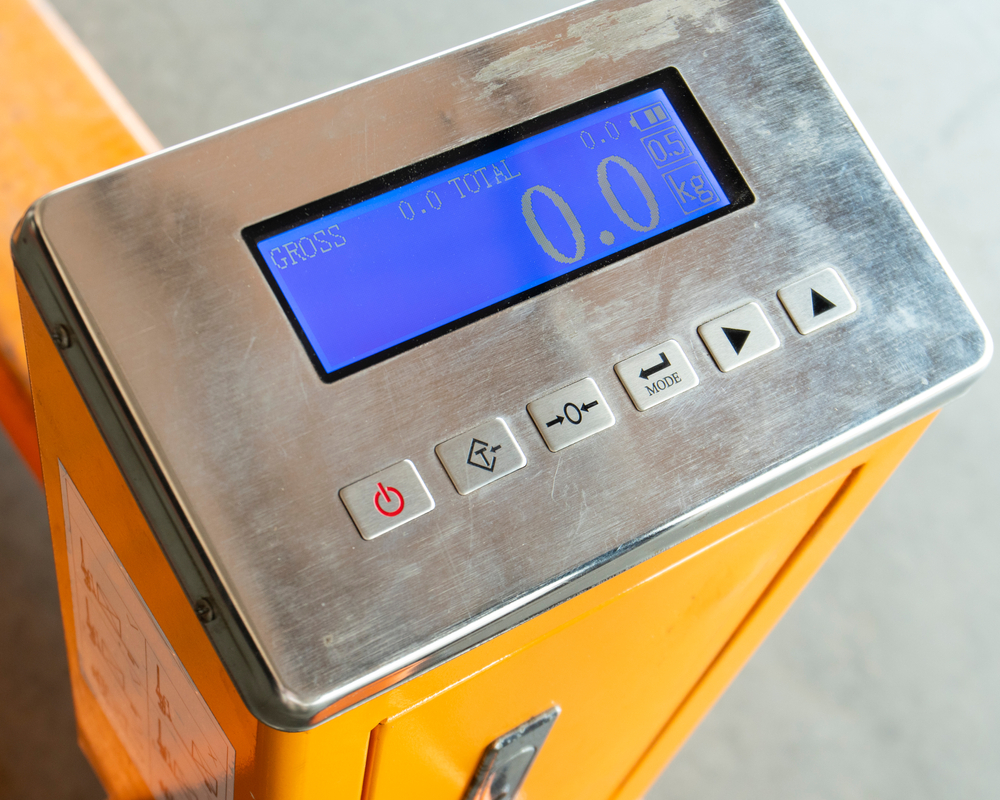Understanding Load Cell Calibration

When you rely on load cells for accurate measurements, calibration is a maintenance step you can’t afford to skip. It’s how you guarantee your tools are giving you the data you need — whether you’re testing tensile strength, monitoring force, or weighing materials. But how exactly does calibration work? Why does it matter? And how can you make sure it’s done right?
Why calibration matters
Load cells are precise instruments, but they don’t stay perfect forever. Factors like wear and tear, temperature shifts, and even regular use can throw off their accuracy. While the deviations might be minor, small errors can have a big impact on the data you’re collecting — and what you do with that data. Regular calibration keeps load cells performing as expected, aligning its output with a known standard. That means reliable data, safer operations, and peace of mind. Plus, it’s often required for compliance!
The steps of load cell calibration
Load cell calibration isn’t as complicated as it might seem, but it does require precision. Follow these simple steps:
- Start with a baseline: Measure the load cell’s current performance and compare it to known standards. The difference? That’s your starting point.
- Apply standard weights: Calibration typically uses certified weights or force standards to test the load cell’s response. These are applied incrementally to assess how well the cell measures across its range.
- Adjust for accuracy: If the load cell’s readings deviate from the standard, adjustments are needed. This might involve tweaking its internal settings or recalibrating its output signal. The goal is to bring it back in line with the reference data.
- Document everything: Once calibration is complete, keep detailed records for tracking performance over time. You’ll know exactly when the next calibration is due, and also spot patterns if issues arise.
Partner with calibration experts
Don’t have the equipment or experience to calibrate load cells in-house? Stack & Save with GES! Bundle 3 or more pieces of sensitive equipment, ship it back to us, and get 15% off calibration services — not to mention our industry-best 1-5 Day Standard Turnaround! It’s why we’re Manufacturing’s #1 Source for Repair, Sales & Service of All Industrial Electronics, Servo Motors, AC & DC Motors, Hydraulics & Pneumatics!

How often should you calibrate?
There’s really no one-size-fits-all answer. The right rhythm depends on how the load cell is used, the environment it operates in, and the level of precision you need. A load cell that sees daily use in harsh conditions needs calibration more often than one used sparingly in a controlled lab, for example. That said, most manufacturers recommend annual calibration as a starting point. Heavy use? Tight tolerances? You might need to do it quarterly — or even more often.
Even a perfectly calibrated load cell won’t stay accurate forever. Regular recalibration always helps, but certain situations demand immediate attention:
- Inconsistent readings: If your load cell’s measurements don’t match expectations, it’s time to recalibrate.
- Visible damage: Dents, scratches, or signs of wear can impact accuracy. Don’t ignore them.
- Changes in performance: If your process data feels “off” or out of sync, the load cell could be the culprit.
- Environmental shifts: Moving a load cell can affect performance. Calibration helps adjust for these changes.
Making calibration a habit
Calibration isn’t always top-of-mind, but it should be. Building a routine around it — whether through scheduled maintenance, automated reminders, or a dedicated team — keeps your equipment in top shape. It also saves you from costly errors and downtime later.
When you think of calibration as an investment rather than a chore, it’s easier to prioritize. And the payoff is meaningful: better data, safer processes, and a smoother operation overall. Keep your tools in check, keep your work on track.
